Beach Features
The beach here has changed considerably over the past year or so. The submerged forest only used to be exposed on very low tides and usually only in a few patches. However, since the construction of the sea defences in Borth this has changed. The forest is now exposed in huge swathes all along the beach. It can even be seen close to the high tide mark.
I can only assume that the supply of sediment in the form of sand from the south has stopped somewhat. Presumably the sea defences in Borth have been trapping the sand (as they are designed to do). This means there has been a reduction in the supply north along the beach. The beach here has been scoured and the forest is exposed.
The Submerged Forest Forest at Borth
The submerged forest at Borth is interesting in its own right. The area that is now Borth and Ynyslas Beach was once a forest. It was a reed swamp before it was a forest, and then trees flourished around 5,000 years ago. Then, roughly 4,000 years ago, the trees seem to have died out as water levels rose. There is some evidence that there were oaks still growing at the southern end until 3,100 years ago. The rising sea-levels drowned the trees and killed them off. They were gradually covered not only by the sea but by a sandy beach too. The soil they were growing in became compacted peat and this is preserved as well.
What remains is compacted peat with tree stumps, roots and occasional branches preserved in the peat. Other finds include a Mesolithic composite tool made from antler, flints and part of a skeleton of an auroch. An auroch is an extinct species of ancient wild cattle. Human and animal footrpints ‘fossilised’ in the now hardened peat have also been found along with a line of post holes and scatters of burnt stone. Archeaologists have even found the remnants of a wattle walkway with associated posts. The walkway is formed from coppiced timber laid side-by-side with posts to either side to secure it in place and are thought to date from around 4000 years ago.
Exposures of Fossil Forest on the Beach
Until recently there was quite a bit of interest whenever the the submerged forest was exposed as it was usually only exposed in small areas at a time after winter storms had caused the covering of sand to be drawn offshore. Archaeological reports even note particular dates when it was possible to see it. That’s not the case now as it is visible all the time. If anything it is now being eroded away itself as the waves break it up due to it being so exposed. This can result in huge blocks of peat that end up scattered across the beach looking like dead whales after a storm.
The erosion creates deep gulleys in the peat layer and some interesting sculpted landscapes on the beach.
Beach Users
As far as tourists and other beach users are concerned, it does make the beach look quite different. The long 3 mile stretch of dead smooth golden sands has gone. I think most would agree that it isn’t quite as ‘pretty’. The exposures of forest do create some interesting features and there are now lots of pools and lagoons formed around them which kids will like playing in over the summer.
There are still large areas of sand but it is punctuated by equally large areas of dark, slippery hardened peat and tree stumps. Whizzing around on kite-buggies, kite-boards and land yachts as I and many others used to do isn’t really possible now. The slippery, muddy areas extent all across the beach in some areas. It can make walking on it difficult – especially when carrying windsurf kit, launching a kite or carrying a surf ski.
Talking of which, getting into and out of the water can have its challenges now. You usually need to wade into the water a little way to launch. You can almost guarantee that this will be over some slippery mud. It’s likely that you either slip, trip over a tree stump or fall into a gulley. It feels as though you’ll break your leg if you get caught in such a gulley. Not to mention the ever present fear of crashing into a tree stump whilst blasting along the water on a windsurf board close to shore. It’s not quite as bad as that but it’s no longer a completely benign expanse of sand.
The various banks of peat and wide gulleys also form some pretty strong rips at certain states of the tide. What used to be a completely safe bathing beach might not be any more. Especially for those without some knowledge of such things.
Coastal Erosion
The lack of sand has seen more erosion of the pebble bank and the dunes too. This is especially evident north of the groynes. Talking of the groynes, many of them aren’t up to much these days either. This is of course slightly concerning for those of us who own houses here!
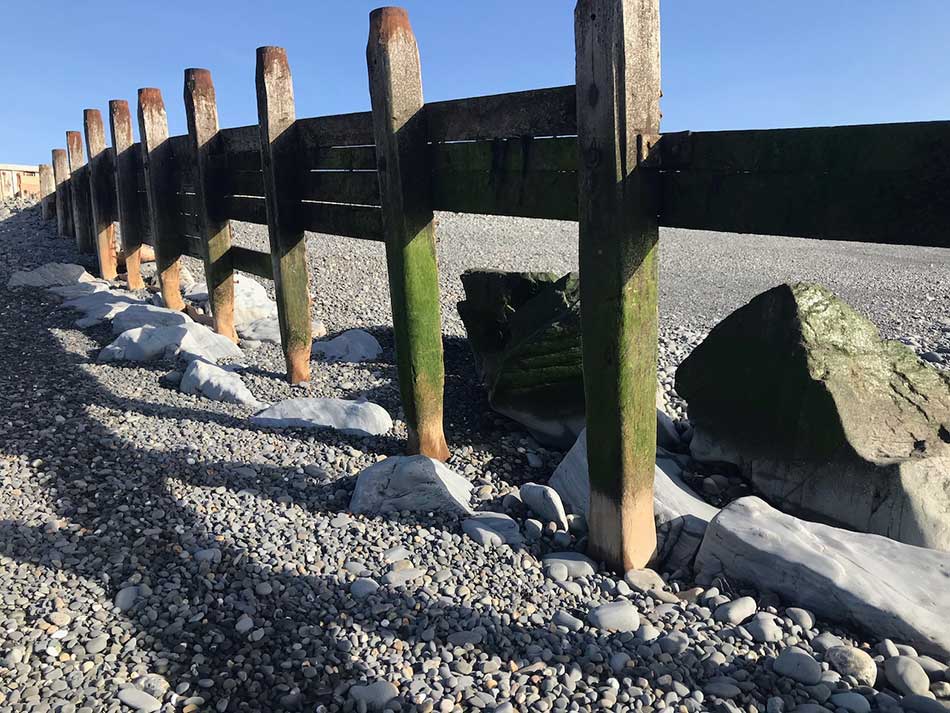
The pebble bank itself has narrowed and at time large blocks of concrete from old military structures have been exposed. The bank has steepened too and pebbles tend to be strewn across the beach as they are washed out of the bank itself. Furtherer north along the beach huge pebbly lagoons have developed where the overlying sand has been washed away. The beach really has been transformed over the past few years and I’m not sure that many of the changes are good.
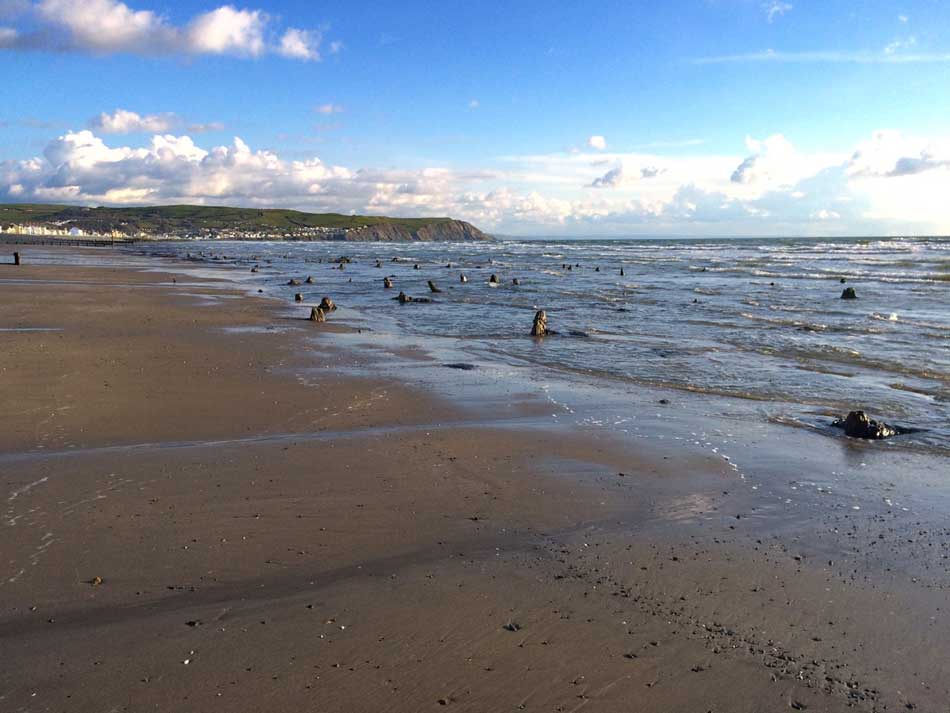
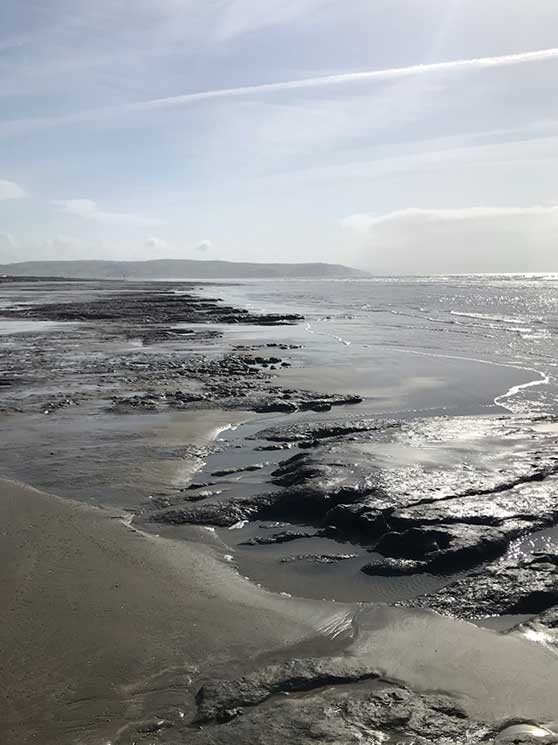
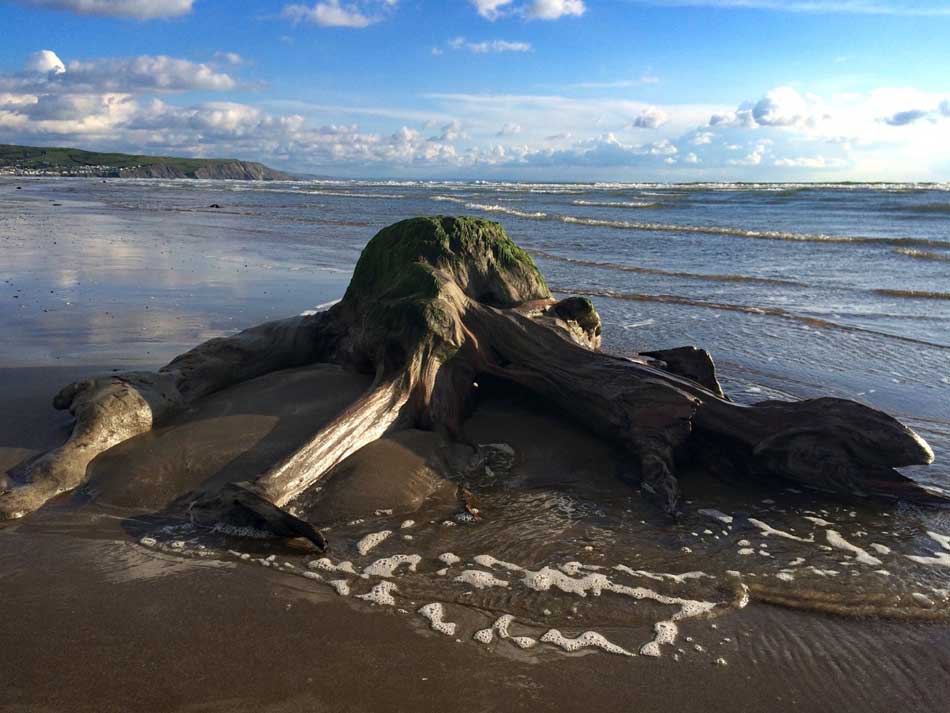






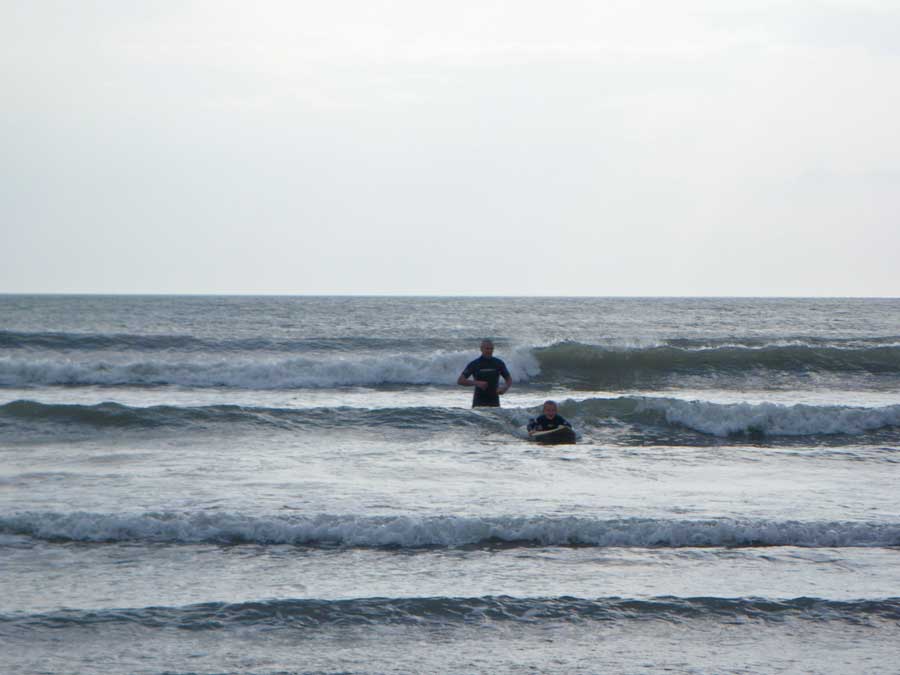















Interesting read. I must try to pay it a visit this summer if allowed. Covid that is.
Doesn’t sound good …maybe not so many tourist coming back year after year ! Let’s hope no one gets into difficulty